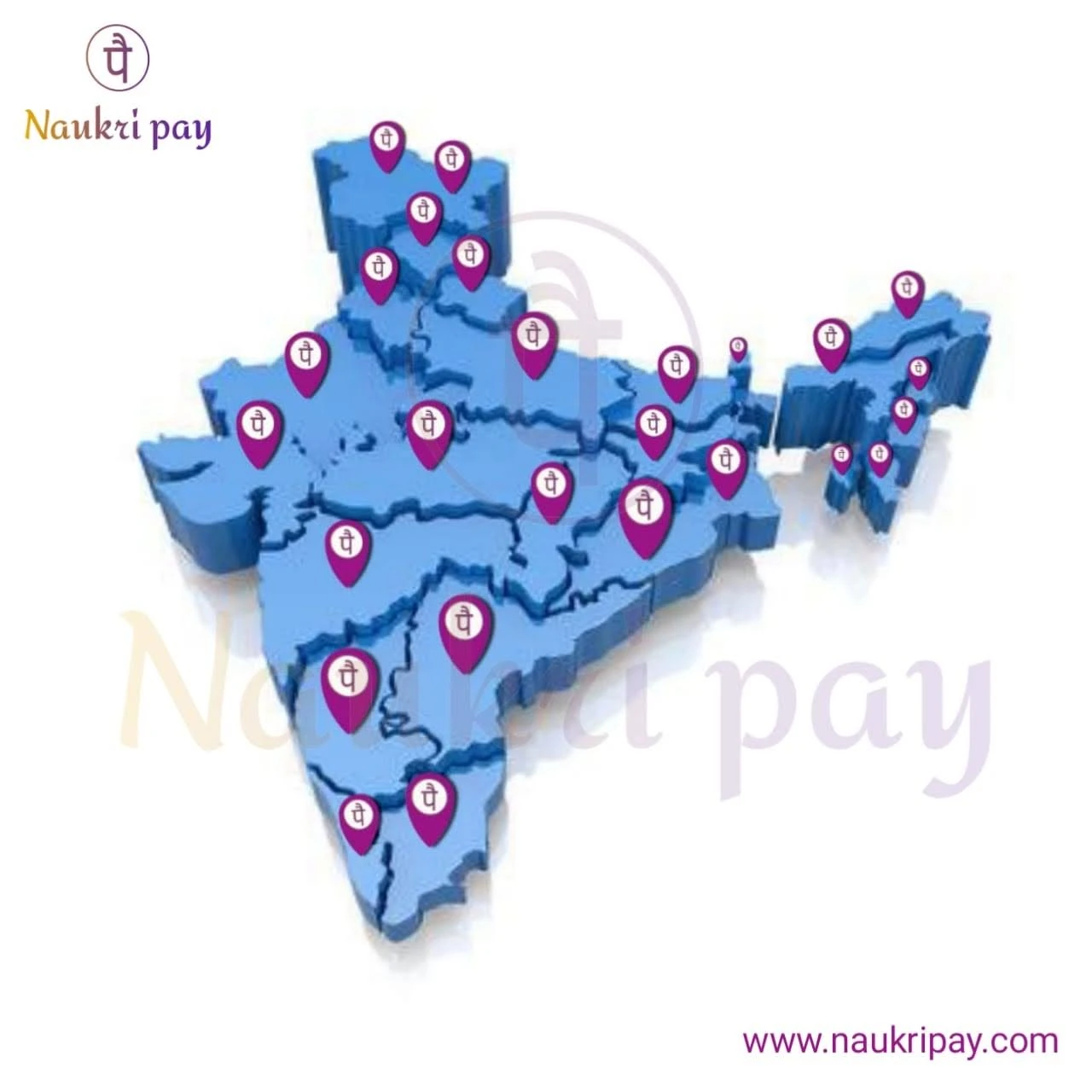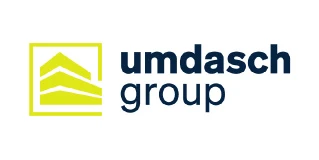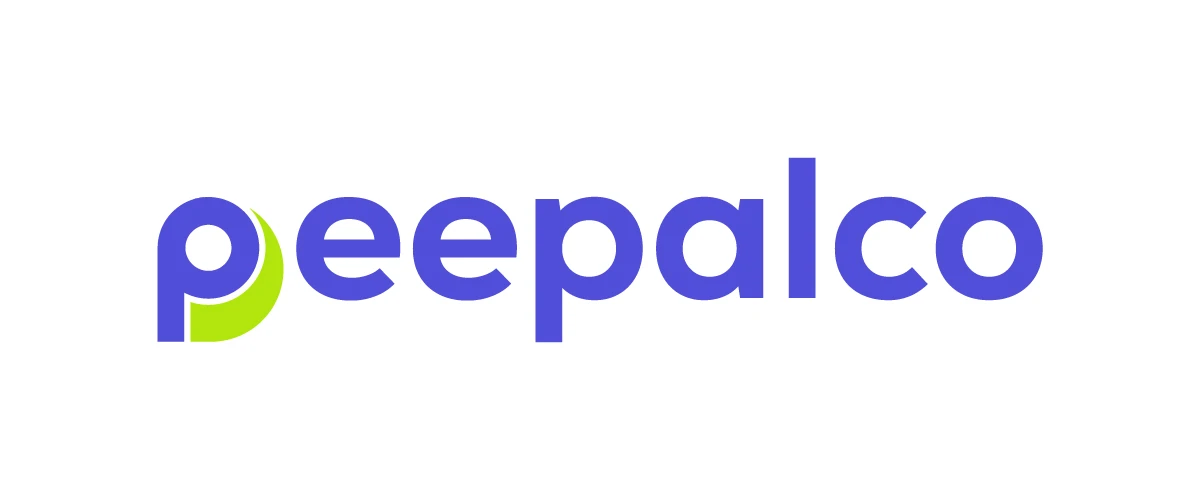Jute Design ( Kolkata)
Job Summary
jute design job involves creating innovative aesthetically pleasing designs for jute and textile products often for export requiring proficiency in design software and an understanding of international market trends. Key responsibilities include developing unique bag and textile patterns creating prototypes for approval and coordinating with production teams to ensure designs meet quality standards. Candidates typically need a degree in textile or fashion design experience with jute and cotton products and strong communication skills to work with clients and internal teams.
Responsibilities
Design Creation:
Develop unique visually appealing and innovative designs for jute and textile products such as bags home furnishings and packaging materials.
Market Research:
Stay updated on international market trends customer preferences and emerging design concepts in the textile and jute industries.
Prototyping & Sampling:
Create prototypes and samples of new designs for client approval trade shows and marketing materials.
Production Coordination:
Collaborate with production teams and artisans to ensure designs are executed effectively and meet quality standards including material selection color texture and pattern.
Client & Market Communication:
Effectively communicate design concepts technical specifications and feedback to internal teams and international clients.
Quality Control:
Ensure that the final products align with specified design standards including shape size and color fastness.
Required Skills & Qualifications
Education:
A degree in Textile Design Fashion Design or a related field is often required.
Software Proficiency:
Expertise in design software such as Adobe Creative Suite (Illustrator Photoshop) and CAD is essential.
Jute/Textile Knowledge:
A strong understanding of jute and other textile materials their properties and their applications.
Market Awareness:
Knowledge of international markets export requirements and current design trends.
Creativity:
Ability to develop unique and innovative design concepts.
Communication:
Excellent communication skills to effectively convey design ideas and collaborate with different stakeholders.
Portfolio:
A strong portfolio showcasing previous work in textile or jute design is often a requirement.
quality in-charge, often a quality manager or quality control manager, is responsible for ensuring products and processes meet established quality standards. This includes developing and implementing quality control systems, monitoring production, analyzing data, and driving continuous improvement initiatives. They also play a key role in training staff, investigating customer complaints, and ensuring compliance with regulations. Key Responsibilities: Developing and Implementing Quality Control Systems: Creating and maintaining quality standards, procedures, and protocols. Monitoring Production: Overseeing manufacturing processes to ensure products meet quality requirements. Inspecting and Testing: Conducting regular audits, inspections, and tests on products and processes. Analyzing Data: Gathering and analyzing data to identify trends, areas for improvement, and root causes of quality issues. Driving Continuous Improvement: Implementing corrective actions, developing strategies to reduce waste, and improving efficiency. Training and Mentoring: Providing training to staff on quality standards and best practices. Ensuring Compliance: Adhering to industry regulations and standards. Managing Customer Feedback: Investigating customer complaints and working to resolve issues. Reporting: Preparing reports on quality performance, non-conformities, and corrective actions. Collaboration: Working with cross-functional teams to address quality issues and improve product performance. Supplier Management: Working with suppliers to ensure they meet quality requirements. Documentation: Maintaining accurate records of quality inspections, audits, and corrective actions.
Key Skills
- Cruise
- General Insurance
- Apache Web Server
- Gynaecology & Obstetrics
- AC Maintenance
- Clinical






